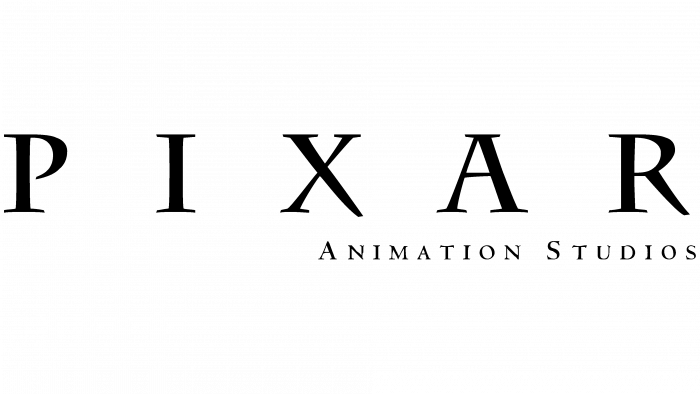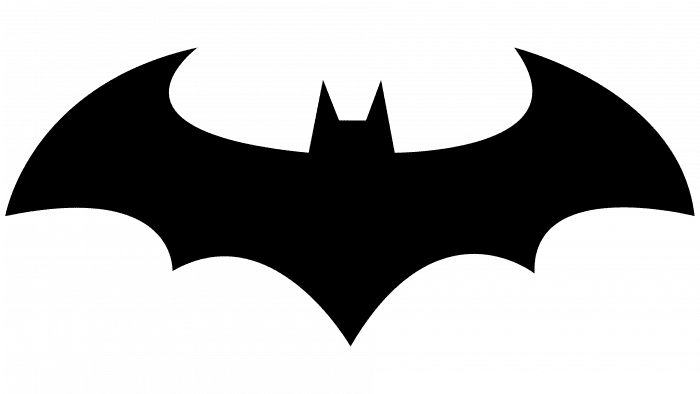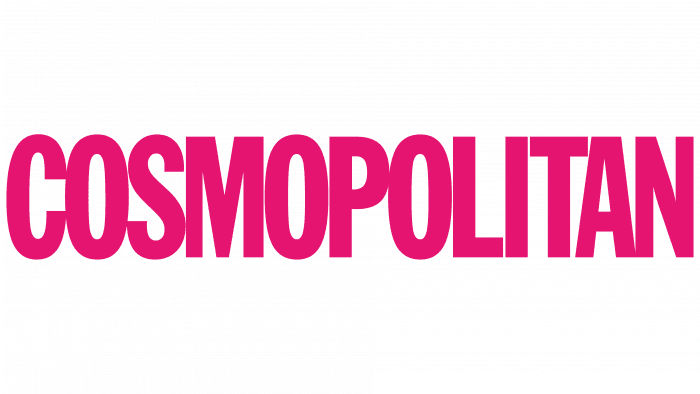The classic logo of The Times emphasizes the newspaper’s long and star-studded history. It combines symbols of strength, authority, prestige, and tradition. At the same time, the emblem reflects the publication’s commitment to quality journalism and to providing accurate information.
The Times: Brand overview
| Founded: | 1 January 1785 |
| Founder: | News UK |
| Headquarters: | London, United Kingdom |
| Website: | thetimes.co.uk |
Meaning and History
A constant element of The Times logo is the Royal Coat of Arms of the United Kingdom. This heraldic emblem began to be used by the newspaper back in 1785 when almost all London publications considered it their duty to include the official coat of arms of the British monarch in their own brand identity. In the case of The Times, the shape of the coat of arms has periodically changed. Nevertheless, most versions have common components.
- “Dieu et mon droit” – the British monarchy’s motto, asserting the king’s divine right to power. The phrase is written in French, as the English elite used to speak only French.
- A Celtic harp with a triangular frame – the heraldic symbol of Ireland, depicted on its coat of arms. This musical instrument reflects the importance of art in the country’s history.
- Three fleur-de-lis – a reference to the Scottish royal coat of arms. In addition, the heraldic lilies are found in the jewelry of the Imperial State Crown.
- Three lion guards – a symbol that comes from the Great Seal of England. The animals, depicted with a raised paw and a turned head, are actually leopards. But these are not ordinary spotted leopards, but hybrids of lions and mythical creatures called pard.
- Lion Rampant – the central element of the royal coat of arms of Scotland. It’s a lion standing on its hind legs and looking straight ahead. Traditionally, it embodies power and strength.
- A belt ring with the inscription “HONI SOIT QUI MAL Y PENSE” – the emblem of a chivalric order called the Most Noble Order of the Garter. The phrase translates from the Anglo-Norman language as “Let him be shamed who thinks ill of it.”
- St Edward’s Crown – an adornment used in the coronation of British monarchs. At its top is the Cross of St. George, which is one of the heraldic symbols of England.
- Crowned lion – an animal associated with England. It symbolizes valor, grandeur, nobility, and courage.
- The unicorn – the national symbol of Scotland. It is chained because it is very hard to catch: only a pure-minded innocent person can do so.
- Plants – an interpretation of the grassy mound from the United Kingdom coat of arms. Shamrocks, Tudor roses, and thistles represent Ireland, England, and Scotland, respectively.
All these elements in different combinations can be found on the emblems of The Times newspaper, which in this way wants to show its national affiliation.
What is The Times?
The Times is a world-renowned newspaper from the United Kingdom. It was founded in 1785 as The Daily Universal Register and received its current name three years later. It later launched international versions, including The New York Times and The Times of India. This is a respected and independent publication with a right-centrist political stance. Its owner is News Corp UK & Ireland Limited.
1785 – 1789
Throughout the initial period, the newspaper was called The Daily Universal Register. This phrase was split into two lines and was located on the edges of the logo: on the left were “The” and “Universal,” and on the right were “Daily” and “Register.” The upper words were set in a straight font with regular serifs, while the bottom ones were in cursive with flourishes. The center was occupied by a black-and-white version of the United Kingdom’s royal coat of arms. The lion and the unicorn holding the shield were depicted full-length and stood on an unfurled scroll with the inscription “DIEU ET MON DROIT.” On the shield was a knight’s helmet with lush feathers, topped with St Edward’s Crown.
1789 – 1797
In 1789, the newspaper was renamed The Times and got a new logo, in which these two words were set in capital letters with serifs and were positioned at the top in different corners. The stylized coat of arms of the United Kingdom was enlarged and altered: the knight’s helmet disappeared, and a miniature lion, standing on all fours, appeared at the top of the crown. The second lion and the unicorn holding the shield were half-hidden behind a wide ribbon with the inscription “OR DAILY UNIVERSAL REGISTER.” The ribbon edges were curled into spirals and decorated. Below were flowers, leaves, and the phrase “PRINTED LOGOGRAPHICALLY.” The latter referred to a patented text-setting system created by John Walter.
1797 – 1959
The coat of arms was reduced and stretched horizontally. The additional volume appeared thanks to lush plants on the sides. The small lion standing on top disappeared, and the phrase “DIEU ET MON DROIT” appeared on the lower ribbon again. In this version, the newspaper’s name was written in an elegant Old English font.
1959 – today
Designers have refined the form and structure of the coat of arms, which symbolizes the newspaper’s national affiliation. But for over 200 years, the artistic style of the logo has hardly changed: a black and white highly detailed image divides the laconic inscription into two parts. Now the phrase “THE TIMES” is set in strict, straight serif letters.
Font and Colors
The font of the word mark belongs to the Times Modern family, which was developed by Luke Prowse and Research Studio. The narrow serif characters have been adapted specifically for the publication. The colors were also chosen deliberately: the newspaper took a long time to transition to color printing, so it was convenient to use a black-and-white logo.
The Times color codes
| Black | Hex color: | #000000 |
|---|---|---|
| RGB: | 0 0 0 | |
| CMYK: | 0 0 0 100 | |
| Pantone: | PMS Process Black C |








